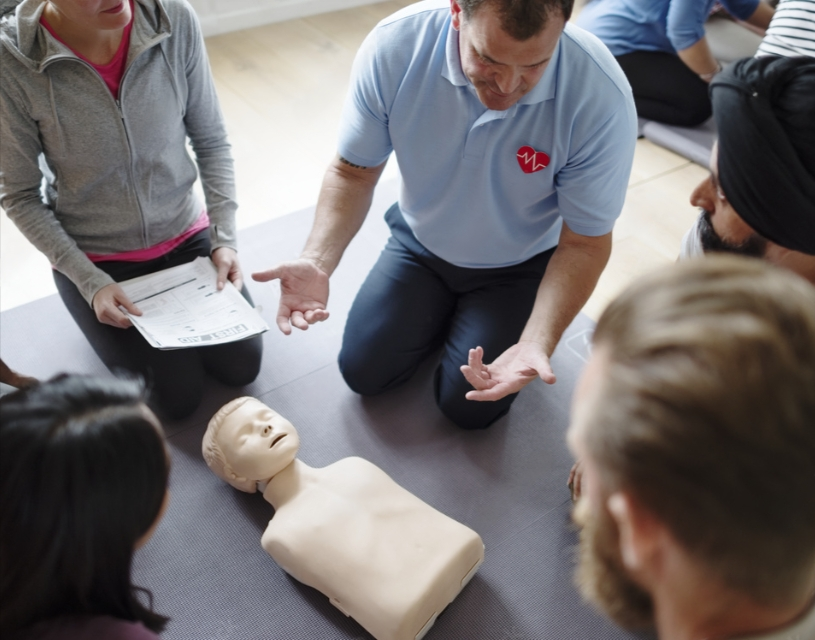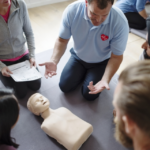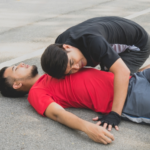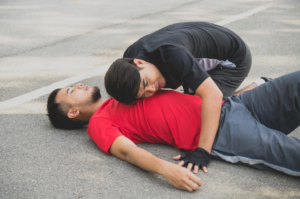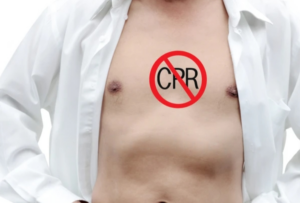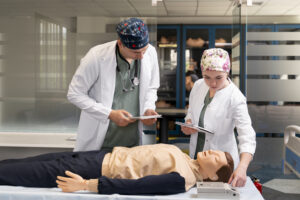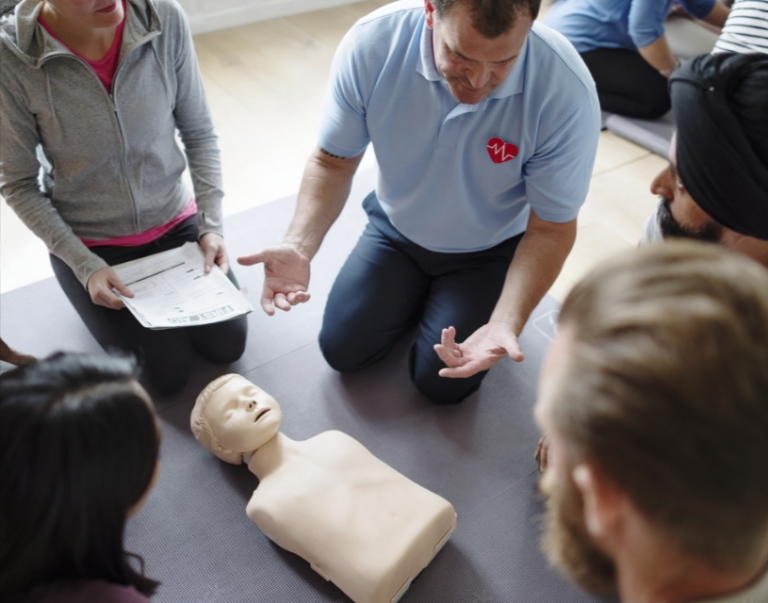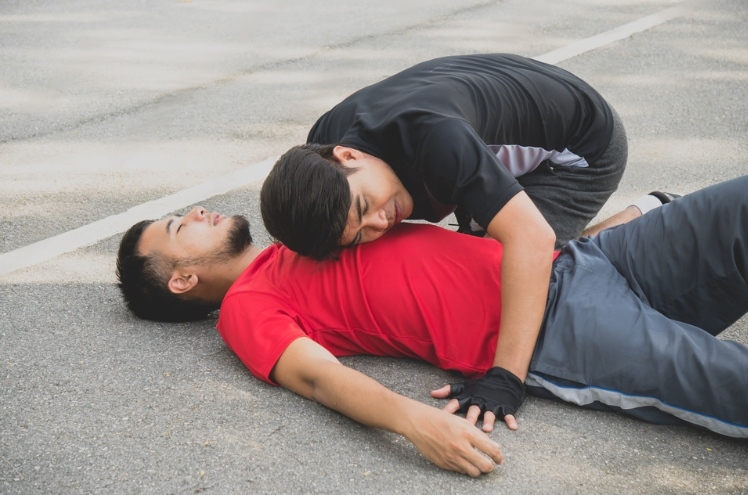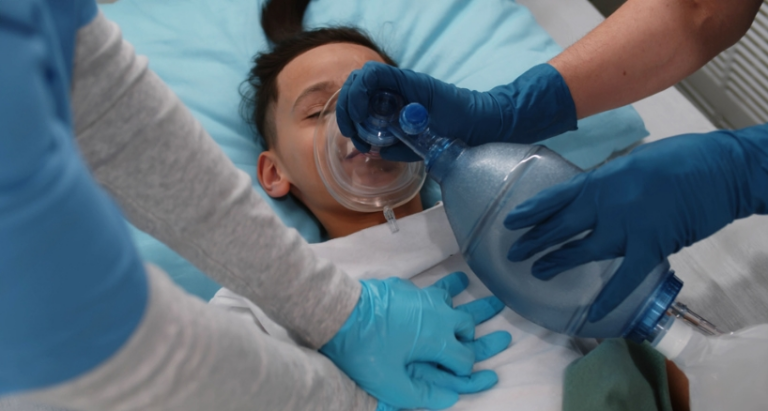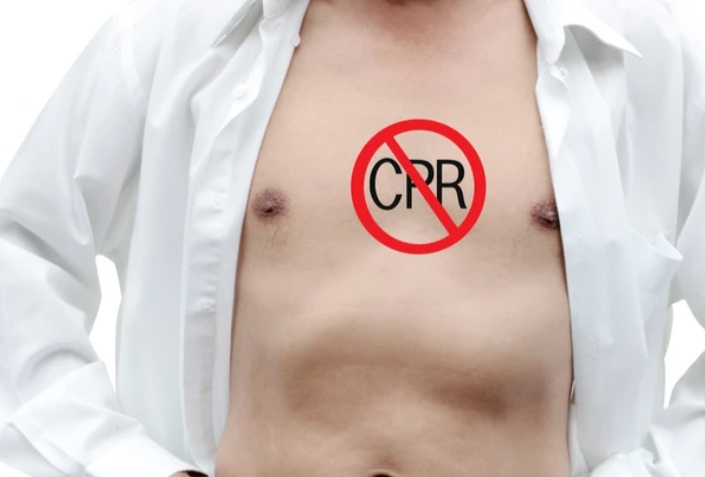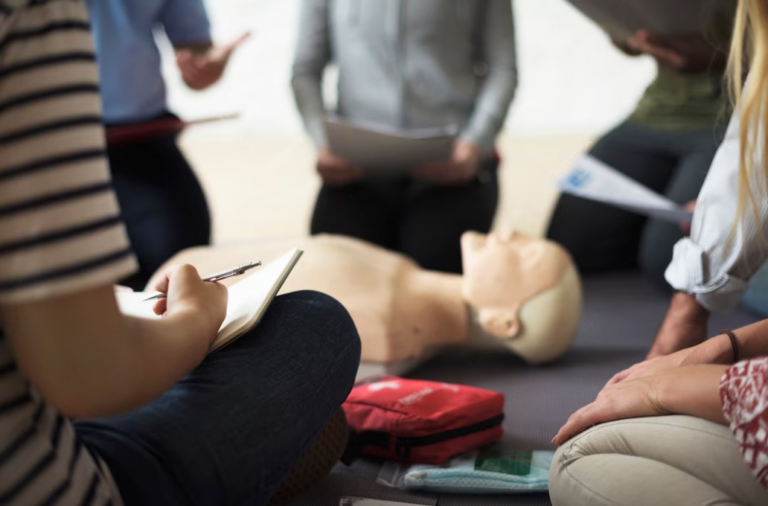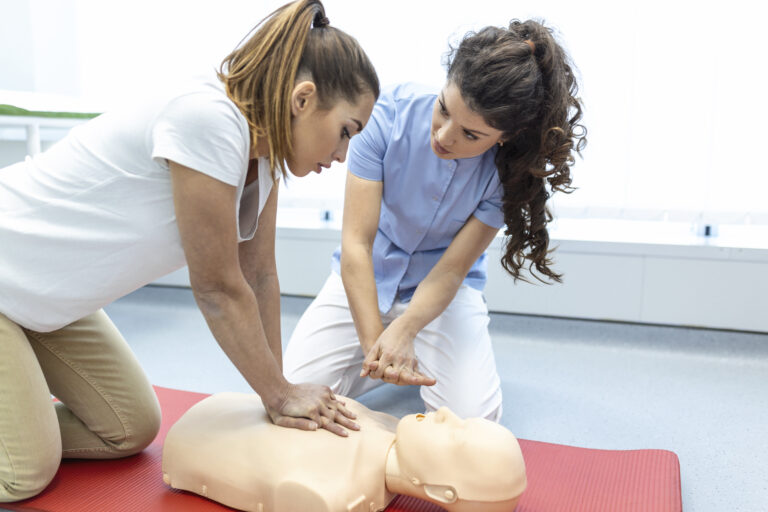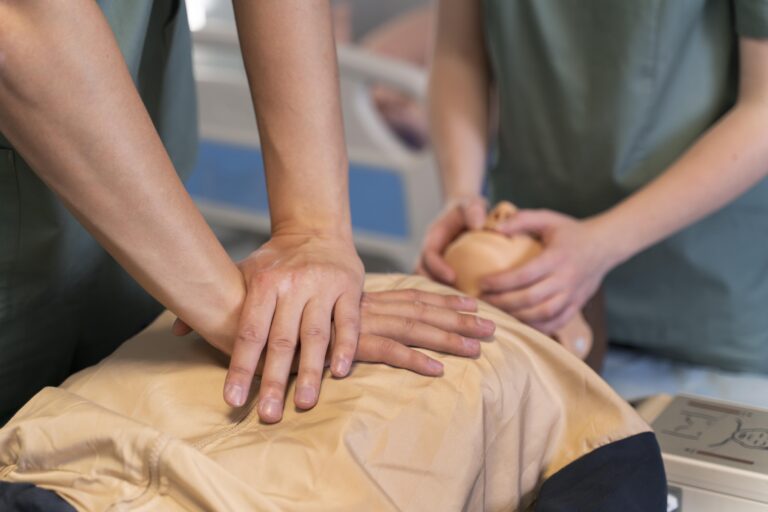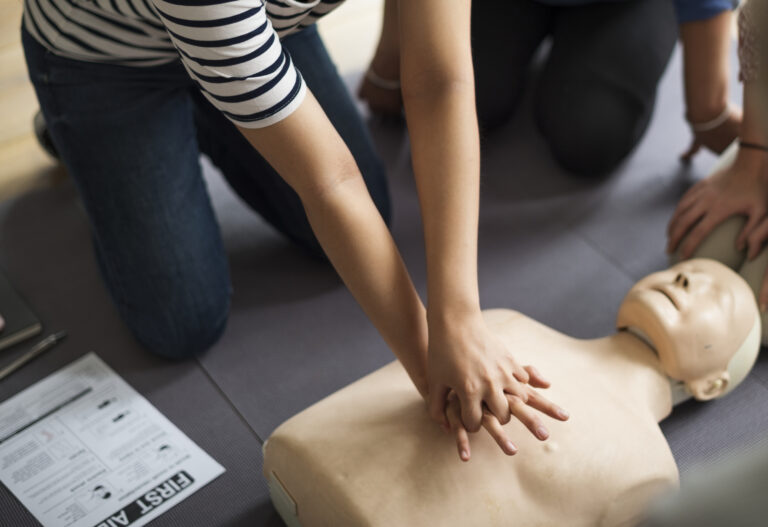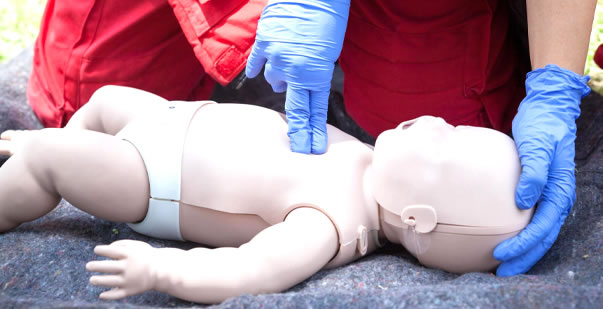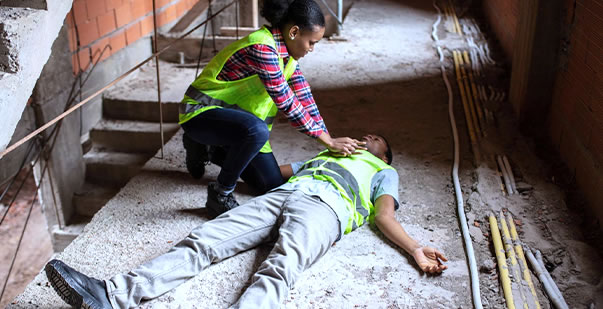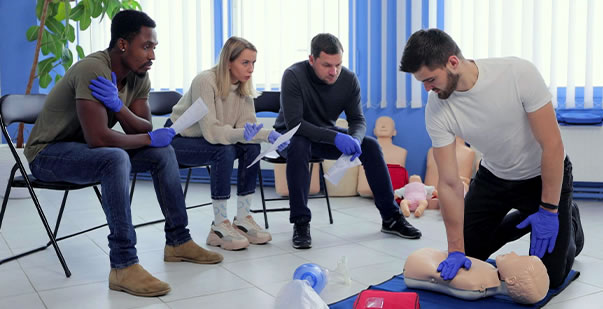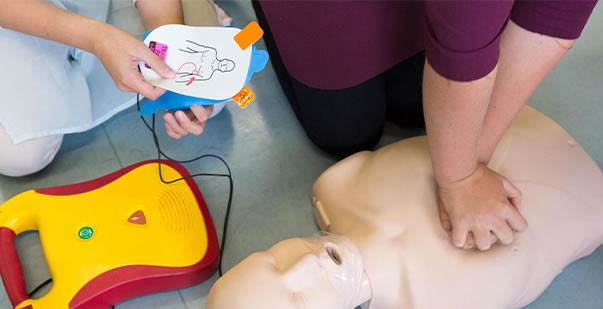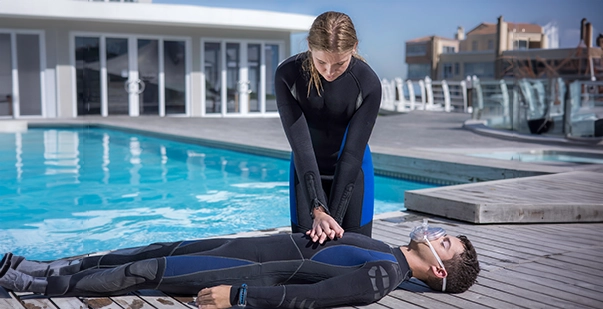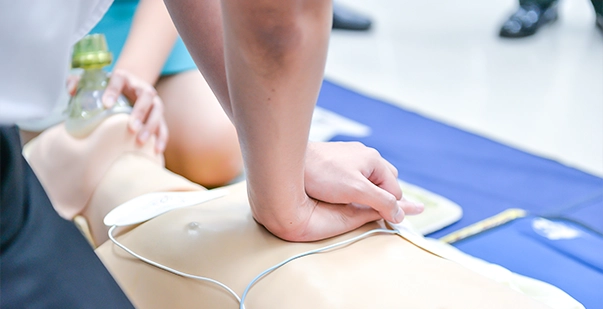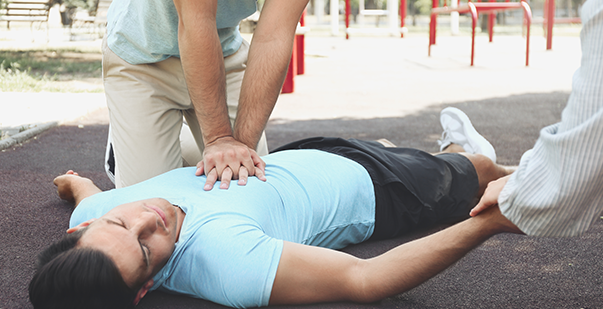Table of Content
- The Myth of Certification Requirement
- Basic CPR Techniques for Untrained Individuals
- Importance of Basic First Aid Training
Tips for CPR Providers - Empowering Untrained Rescuers
Despite the widespread belief that only certified individuals can perform CPR, the reality is more nuanced. According to statistics, less than 20% of Americans are certified in CPR, leaving a significant portion of the population without formal training in this life-saving technique. This raises an important question: Can untrained individuals effectively perform CPR in emergencies?
The purpose of this blog is to explore this question and shed light on the role of untrained bystanders in CPR emergencies. While certification undoubtedly provides valuable knowledge and skills, it’s crucial to examine the potential for untrained individuals to make a difference during critical moments. By delving into real-life scenarios and examining the latest research, we’ll uncover the truth behind CPR readiness and the collective responsibility we all share in saving lives.
The Myth of Certification Requirement
Despite widespread belief, the notion that only certified individuals can perform CPR is a persistent myth that requires debunking. Here’s why:
CPR is not reserved for certified individuals alone. In fact, anyone can perform CPR in an emergency, regardless of formal training. While certification undoubtedly provides valuable knowledge and skills, it’s not a prerequisite for taking life-saving action. Good Samaritan laws exist to protect individuals who render aid in good faith during emergencies, including CPR. These laws offer legal protections to untrained rescuers, shielding them from liability when providing assistance in good faith.
Explanation of Good Samaritan Laws:
Good Samaritan laws vary by jurisdiction but generally provide legal immunity to bystanders who offer assistance to those in need during emergencies. These laws are designed to encourage individuals to intervene without fear of legal repercussions. In the context of CPR, Good Samaritan laws protect untrained rescuers from liability as long as they act in good faith and within their scope of abilities. This means that individuals who attempt CPR in good faith, even without certification, are protected by law. Understanding the legal aspects of performing CPR is crucial for anyone who might find themselves in a position to help during an emergency, ensuring they are aware of their protections under these laws.
Importance of Taking Action:
In emergencies, immediate action can mean the difference between life and death. While certification provides valuable training, waiting for a certified individual to arrive may delay critical intervention. Every minute without CPR decreases the chance of survival, highlighting the importance of bystander intervention. By taking action and providing basic assistance, untrained individuals can make a significant impact in emergencies, potentially saving lives in the process.
The myth that only certified individuals can perform CPR is unfounded. Good Samaritan laws provide legal protections for untrained rescuers who intervene in emergencies, emphasizing the importance of taking action and providing basic assistance when needed. By debunking this myth and empowering individuals to act in emergencies, we can foster a culture of readiness and improve outcomes for those in distress.
Basic CPR Techniques for Untrained Individuals
Hands-Only CPR, also known as compression-only CPR, is a simplified form of CPR that focuses solely on chest compressions without rescue breaths. This technique is particularly suited for untrained individuals who may feel uncomfortable or unsure about performing rescue breaths.
Step-by-Step Guide to Performing Hands-Only CPR:
- Check for Responsiveness:
- Approach the person in distress and gently shake them while asking loudly, “Are you okay?” Look for any signs of responsiveness, such as movement or verbal response.
- Call for Help:
- If the person does not respond and is unresponsive, immediately call emergency services (911 or local emergency number). If someone else is nearby, ask them to call for help while you initiate CPR.
- Perform Chest Compressions:
- Position the person on their back on a firm surface.
- Kneel beside the person’s chest and place the heel of one hand in the center of their chest, between the nipples.
- Interlock your fingers and position your shoulders directly above your hands.
- With straight arms, press down hard and fast on the chest, allowing it to recoil completely between compressions.
- Aim for a compression rate of at least 100 compressions per minute. To maintain this pace, you can follow the rhythm of the song “Stayin’ Alive” by the Bee Gees.
- Continue Until Help Arrives:
- Keep pushing on the chest at a steady pace until emergency help arrives or the person shows signs of recovery.
- If you become fatigued or need assistance, enlist the help of another bystander if available.
Hands-Only CPR is a simple yet effective technique that can double or triple the chance of survival for someone experiencing cardiac arrest. By following these steps and initiating prompt chest compressions, untrained individuals can make a lifesaving difference in emergency situations. Remember, any attempt at CPR is better than no action at all, and quick intervention can greatly improve the outcome for someone in cardiac arrest.
Read More: Make Your Own DIY First Aid Kit
Importance of Basic First Aid Training
Benefits of Taking a Certified CPR and First Aid Course:
- Certified CPR and First Aid courses provide valuable knowledge and skills that can make a lifesaving difference in emergency situations.
- Participants learn how to assess emergencies, provide appropriate care, and perform CPR and other first aid techniques with confidence.
- Certification demonstrates competency and readiness to respond effectively in a variety of medical emergencies, including cardiac arrest, choking, and injuries.
Overview of CPR Certification Programs and Their Components:
- CPR certification programs typically cover essential topics such as recognizing cardiac arrest, performing CPR, using an automated external defibrillator (AED), and responding to choking emergencies.
- Participants receive hands-on training in chest compressions, rescue breaths, and other life-saving techniques under the guidance of certified instructors.
- Certification programs may also include instruction on first aid basics, such as wound care, injury assessment, and managing medical emergencies.
Importance of Proper Training in Assessing Emergencies and Providing Appropriate Care:
- Proper training in CPR and first aid equips individuals with the knowledge and skills needed to assess emergencies accurately and provide timely and appropriate care.
- By understanding how to recognize signs of cardiac arrest, choking, and other medical emergencies, trained individuals can initiate prompt intervention and improve outcomes for those in distress.
- Certification ensures that participants receive up-to-date information on best practices and guidelines endorsed by reputable organizations like the American Heart Association or Red Cross, enhancing their ability to respond effectively in real-life situations.
Empowering Untrained Rescuers
Encouragement for Untrained Individuals to Take Action in Emergencies:
- Every individual has the potential to save a life in an emergency situation, regardless of formal training. Encouraging untrained bystanders to take action can significantly improve outcomes for those in need.
- While certification provides valuable skills, any attempt to help is better than no action at all. Empowering untrained individuals to intervene in emergencies can make a critical difference in the chain of survival.
Recognition of the Lifesaving Potential of Immediate CPR Intervention:
- Immediate CPR intervention can double or triple the chances of survival for someone experiencing cardiac arrest. Recognizing the lifesaving potential of CPR underscores the importance of taking quick and decisive action in emergencies.
Assurance that Any Attempt to Help is Better Than No Action at All:
- It’s important to reassure untrained rescuers that any attempt to help, even if they are unsure or inexperienced, is better than no action at all. By encouraging bystander intervention, we can create a culture of readiness and empower individuals to respond effectively in emergencies.
Basic first aid training provides valuable knowledge and skills that can save lives in emergency situations. Encouraging untrained individuals to take action, recognizing the lifesaving potential of immediate CPR intervention, and reassuring them that any attempt to help is valuable are essential steps in empowering untrained rescuers and improving outcomes for those in need.
Read More: 7 situations when you do not perform CPR
Conclusion
This blog has dismantled the misconception that only certified individuals can perform CPR, stressing the importance of swift action in emergencies, regardless of formal training. Here’s a brief overview:
Performing CPR without certification is not only possible but crucial for saving lives. Good Samaritan laws protect untrained rescuers, underlining the significance of immediate action and basic assistance.
Basic CPR and First Aid training provide essential skills for effective emergency response. Encouragement for readers to pursue this training is vital for preparedness and the potential to make a life-saving difference.
In emergencies, every second counts. By taking action, whether through Hands-Only CPR or other basic interventions, individuals can significantly improve outcomes. Remember, any attempt to help is valuable, and by empowering ourselves with knowledge and skills, we become active participants in the chain of survival. Let’s prioritize preparedness, take action, and work together to create safer communities.
I encourage everyone to get trained in CPR and first aid to stay prepared for emergency situations. Proper training and regular practice are vital for effective response and can make a lifesaving difference. Remember, quick action and proper technique are key to saving lives in choking emergencies. Stay informed, stay prepared, and be ready to act when every second counts.
Frequently Asked Questions
Yes, most jurisdictions have Good Samaritan laws that protect untrained rescuers who provide emergency assistance, including CPR, in good faith.
Any attempt at CPR is better than no action at all. Hands-Only CPR, focusing on chest compressions, can be effective and doesn't require certification.
Absolutely. Even if you perform CPR, it's crucial to call for professional help as soon as possible to ensure the best chance of survival for the victim.

